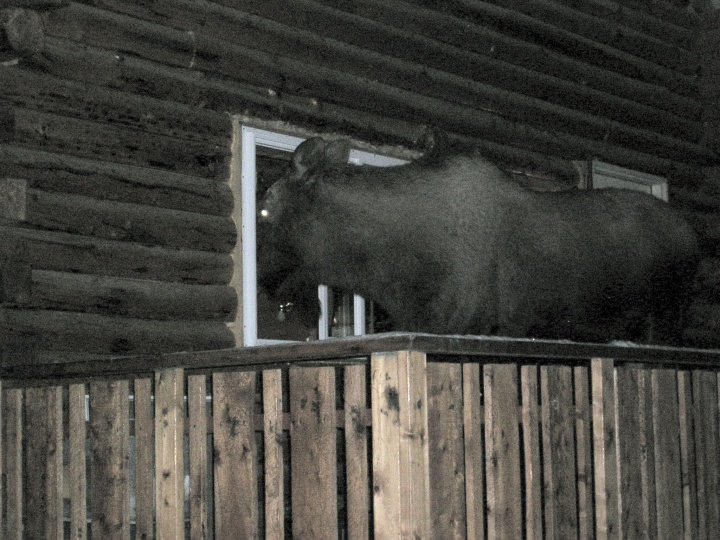In an episode of the National Geographic "Life Below Zero" series that I watched because I know one of the trappers who participate in the series (a week by foot off Chandalar Shelf, Northern Alaska), I spotted a
European brown bear scene shot by a Norwegian friend of mine at the site in Northern Finland. It was from one of the early tours, and I could confirm the origin of the shot as he has given me a copy of some of his videos. He is selling micro stock, and was not aware of this particular use when I brought it to his attention. One could even see part of the pig carcass that was used as bait! He was rather flabbergasted the first time he went up there, pig being hauled into the marsh land behind a snow machine... I understand they have moved to more natural bait and gentler transport now. Considering the large bear population in Alaska, and the amount of video capture being done here, seeing the European brown bear in that series almost made me fall off my chair.
As researchers we have often worked with freelancers up on the North Slope, and many of them are patient and doing a very careful job. They do often go by scripts from the major nature film outlets detailing exactly what scenes and behavior that is wanted.
Feeding any kind of wildlife in Alaska except small birds is strictly forbidden (there are some exceptions that require permit), and also forbidden in general on US public federal lands. Here in Alaska you can even be fined if you have a bird feeder out when there are bears around. Unsecured garbage is an even bigger problem in urban areas. Bears get very quickly addicted to these food sources and end up having to be killed by wildlife officials when the situation gets too risky. We have been able to use these bears for research, studying them for a while and extending their life a little, but it is anyway a one way trip and not a solution for the bear, as they cannot be released into the wild again.
Here is an example of how bad it can get - a former crazy neighbor feeding one the largest moose I have seen aorund here though the window up on a tall porch. My initial reaction: Help, the moose is breaking into the cabin! Both might have been drunk - the moose by eating fermented pumkins - plenty of this around Haloween time (not good for the microorganisms in her rumen). I heard she was taken not long after - probably became a too easy target for someone who wanted to fill their freezers.


(Compact camera snapshots)